Coding Frames in Psychological Research
Concept Map
Coding frames in psychological research are systematic methods for categorizing and quantifying qualitative data, such as behaviors and speech. They enable researchers to convert observations into quantitative data, allowing for statistical analysis and the identification of patterns. This process is crucial for ensuring the consistency, reliability, and validity of studies, despite potential limitations like the loss of contextual detail and researcher bias.
Summary
Outline
The Role of Coding Frames in Psychological Research
In psychological research, coding frames are systematic methods used to categorize and quantify qualitative data, such as behaviors, speech, and interactions. Researchers observe and identify specific elements within the data and assign them codes, which can be alphanumeric symbols or abbreviations. For example, in a study on aggression, a punch might be coded as "P" and its intensity rated on a numerical scale. Coding frames are particularly useful in content analysis, where they help to systematically evaluate the presence and frequency of certain words, themes, or behaviors in qualitative data sources like interviews or observational notes.The Importance of Coding Frames in Psychological Analysis
Coding frames are vital for the standardization of research procedures, contributing to the reliability and validity of psychological studies. They provide a structured approach to operationalizing variables, which involves defining and measuring them in a consistent manner. This standardization is crucial for the replication of studies and for ensuring that the findings are robust and credible. By converting qualitative observations into quantitative data, coding frames allow researchers to perform statistical analyses, compare findings with other studies, and draw more objective conclusions. They also facilitate the identification of recurring patterns and trends within the data.Coding Frames in Practice: A Case Study
Consider a case study where a researcher conducts interviews with children who have experienced bullying. The researcher may use coding frames to identify and quantify instances of avoidance behavior and expressions of negative emotions. Each mention of behaviors such as avoiding certain peers or isolating oneself during recess could be coded as instances of avoidance. Similarly, expressions of feeling "upset" or "frightened" would be coded under negative emotions. By tallying these coded instances, the researcher can quantitatively assess the impact of bullying on the child's behavior and emotional state, providing a clearer picture of the effects of bullying.Benefits of Coding Frames in Psychological Research
Coding frames offer numerous advantages in research. They transform qualitative data into a format that can be statistically analyzed, enhancing the interpretability and comparability of the results. When researchers are adequately trained in the application of coding frames, the consistency and accuracy of the data coding improve, which in turn increases the reliability and validity of the study. Coding frames are carefully constructed to ensure that each category of behavior is clearly defined and measurable, contributing to the methodological rigor of the research. Additionally, they can uncover specific behaviors that may lead to new insights or patterns, potentially advancing the understanding of psychological phenomena.Limitations and Considerations in the Use of Coding Frames
Despite their utility, coding frames are not without limitations. The process of quantifying qualitative data may result in the loss of rich, contextual details that could offer deeper insights into the subject matter. Researcher bias is another concern, as the selection and interpretation of data for coding can inadvertently shape the study's outcomes. To counteract this, it is common practice to have multiple coders analyze the data independently to ensure inter-rater reliability. Coding can be labor-intensive and demands meticulous attention to detail to ensure that each piece of data is categorized correctly according to the established coding frame.Concluding Thoughts on Coding Frames in Psychological Research
Coding frames are indispensable tools for translating qualitative data into quantitative form for analysis in psychological research. They are integral to the analysis of data derived from qualitative methodologies and are based on content analysis techniques. The significance of coding frames lies in their capacity to quantify qualitative data, facilitating comparisons and comprehensive analysis. While they enable statistical analysis and enhance the reliability of research, they also pose challenges such as the potential loss of nuanced information and the risk of researcher bias. Nevertheless, coding frames remain a critical instrument in the arsenal of psychological researchers.Show More
Definition and Purpose of Coding Frames
Systematic methods for categorizing and quantifying qualitative data
Coding frames are used to organize and measure qualitative data in psychological research
Standardization and reliability in research procedures
Operationalizing variables
Coding frames help researchers define and measure variables consistently for reliable results
Transforming qualitative data into quantitative data for statistical analysis
Coding frames allow researchers to convert qualitative observations into numerical data for statistical analysis
Application of Coding Frames in Psychological Research
Content analysis and evaluating the presence and frequency of specific elements in data
Coding frames are useful in content analysis to systematically evaluate the presence and frequency of certain elements in qualitative data
Identifying recurring patterns and trends in data
Coding frames help researchers identify recurring patterns and trends in qualitative data
Case study example of using coding frames in research
Coding frames can be used to quantify instances of behaviors and emotions in a case study on bullying
Advantages and Limitations of Coding Frames in Psychological Research
Enhancing interpretability and comparability of results
Coding frames improve the interpretability and comparability of results by transforming qualitative data into a format that can be statistically analyzed
Ensuring consistency and accuracy in data coding
Proper training and use of coding frames can improve the consistency and accuracy of data coding in research
Potential limitations of coding frames
Loss of contextual details and researcher bias
The process of quantifying data using coding frames may result in the loss of contextual details and potential researcher bias





